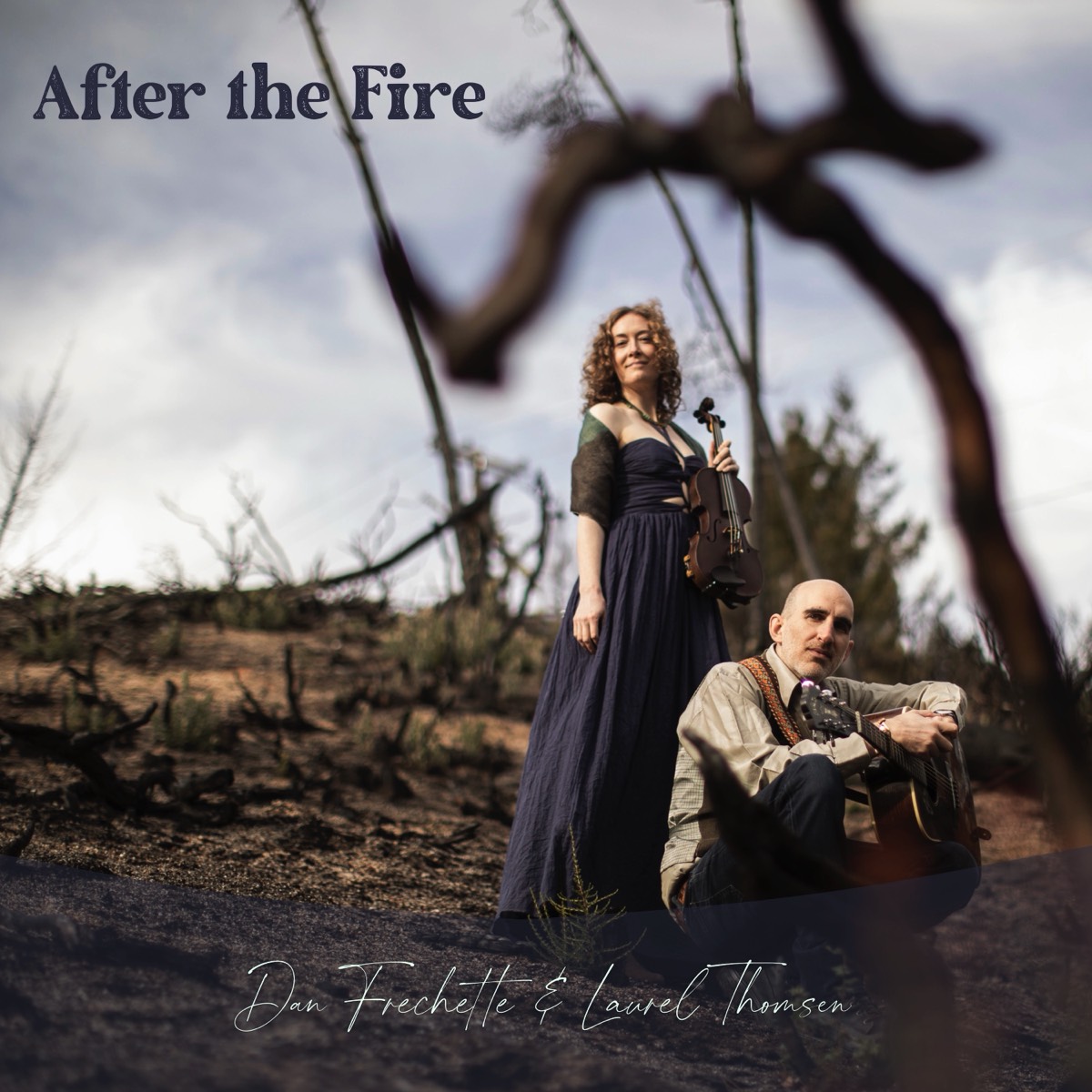One of the students enjoying my [online bowing course](https://www.laurelthomsen.com/Online Courses/) emailed me some questions about martelé recently. The technique was clear, but it’s application in music was confusing. Is it the same as an accent? The answer is yes, and no...
Violin family bowing techniques, with fancy sounding names that are not names used for techniques on the piano or other instruments, create common confusions. Martelé is a bowed string instrument technique used to produce a specific “hammered” articulation. It can be used to create what we might see notated in sheet music as an accent, or a sforzando. It may also be used where we might see simple staccato dots, or dots along with tenuto lines. Some believe it is interchangeable with “marcato,” though technically, like the word “accent,” marcato is simply another more general music term which may be notated in the music of a variety of instruments. Marcato may often call for martelé, but to be fluent in the language of the violin family, the former is a musical term while the latter is a bowing technique. Oh the technicalities!
It is also very important to add that all the notations I’ve mentioned might be marked with the intention that they are to be played using other strokes as well. Many composers left their scores quite ambiguous, such as J.S. Bach with only the notes and some bowings scrawled in thick ink, but even sheet music with a very detailed editor can never precisely represent the nuanced sounds of music. Which bow strokes we choose depends on our interpretation, and this opens the door to our artistry.
Assuming we want notes to sound very punchy, sharp, and cut through the texture of the music rather than just swell a bit in articulation and/or volume, martelé might be our ticket. Martelé will always need to be slightly staccato as we require a bit of time to prepare the pressured initiation of each stroke. Therefore, we’d want to use another technique if we need constant sustain. For the same reason, martelé is also not ideal for very fast passages.
I liken martelé to the hard consonant sounds of language (k, t, etc.), whereas slurs might be the vowels, and a basic detaché might be a softer consonant sound (l, j, etc.). I find this analogy works well in general for describing phrasing to students.
What really differentiates martelé from staccato and other on-the-string strokes is it’s attack - a literal bite and release of the string. This creates an unmistakable “crack” at the beginning of a stroke, followed by any length of resonant note value. Frankly, it’s a bit of a crunch, and probably the harshest sound we can make on the violin, but the beauty of it is that this never lasts long enough to be annoying. Martelé is intense, but can and should maintain a beautiful tone. Especially when combined with a focused moment of vibrato, it creates a very confident gesture. However, that doesn’t mean martelé always has to be Forte - we can use martelé to make a piano accent just as well. Though they certainly work together, articulation on a violin or viola is completely independent of dynamics.
In choosing the bow strokes to use in our pieces (or improvisations and fiddle tunes as the case may be), we need to constantly flex our interpretive muscles. There simply aren’t as many ways to notate articulations as there are articulations available to us on a bowed stringed instrument. Violins (and the rest of the family!) are very creative and flexible instruments in this way, much more so than any other instrument I can think of actually! For instance, a typical “staccato” dot might be played as a detaché, only with a bit of silence between the string of notes. However, staccato dots could also be played more aggressively, as a martelé, or peppy and articulate with a spiccato (off the string, fairly active stroke at the balance point), or flying and flashy with a sautillé (off the string, partially passive stroke in the middle), or flashy and articulate while slurred with ricochét (mostly passive “tossed” bouncing stroke in the upper half). Yes, it’s rather crazy making! Of course, these strokes all sound a bit different and are certainly played very differently!
Some schools of pedagogy recommend that our students, especially the young ones, start with martelé, as it ensures a confident bow arm and can help alleviate timing issues between the bow strokes and the left fingers. The premise is that we might learn to prepare our finger placements better when we match them to each determined bow stroke. This can certainly help! I have my own protocol and syllabus for teaching bow hold, bowing mechanics, and the order in which I present the bow strokes etc., which has worked quite well over the years, and though not at the very start, I definitely teach martelé fairly early on.
For our teachers reading this, independent of where martelé may or may not present in the method you are following, a nice way I’ve found to introduce the various bow strokes in general is by presenting them as variations on songs the students already know. Our articulations, along with other factors obviously, such as the key, time signature, and major versus minor, change the mood of our pieces. I find that students get a better grasp of their "toolbox" when they hear the possibilities available back to back on a song they are familiar with and can easily A/B the differences. My beginning students always perk up their ears at Sad Twinkle versus Mysterious, Overzealous, and Relaxed Twinkle. The variations might be endless actually... I see the lightbulbs start going on and once they really hear it, they might smile, as if I’ve just let them in on a secret.
Happy Practicing!

